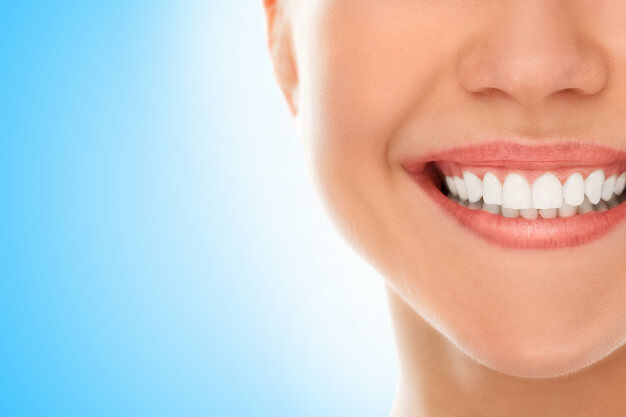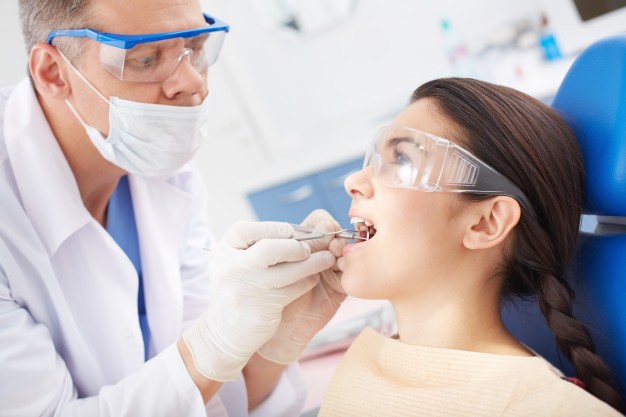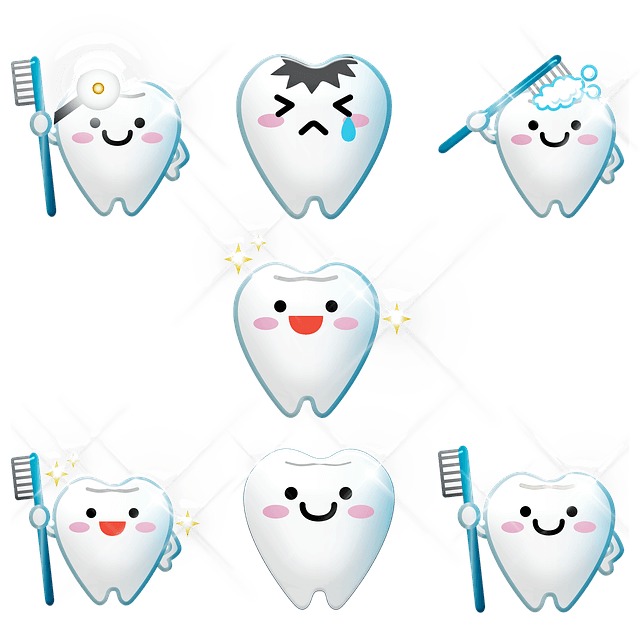Brushing and flossing are everyday ways to keep your teeth bright, white and healthy. Still, if you feel like your smile is lacking some sparkle or is more yellow than it used to be, tooth whitening lightens teeth and helps to remove stains and discoloration. Whitening is among the most popular cosmetic dental procedures because it can greatly improve how your teeth look. Whitening is not a one-time procedure. It will need to be repeated from time to time if you want to maintain a brighter color.
The color of natural teeth is created by the reflection and scattering of light off the enamel, combined with the color of the dentin under it. Thinner enamel allows more of the color of the dentin to show through. There are mainly 2 kinds of stains that adhere to teeth. One is extrinsic stains formed by the food particles and drinks that we consume daily. Another one is tougher intrinsic stains caused by exposure of fluorides, tetracycline antibiotics. Tooth whitening is most effective on surface (extrinsic) stains.
Whitening products contain one of two tooth bleaches; hydrogen peroxide or carbamide peroxide. Yellow teeth will probably bleach well, brown teeth may not respond as well and teeth with gray tones may not bleach at all. Whitening will not work on caps, veneers, crowns or fillings. It also won’t be effective if your tooth discoloration is caused by medications or a tooth injury. These bleaches break stains into smaller pieces, which makes the color less concentrated and your teeth brighter. Other dental problems can affect the success of tooth whitening. For example, cavities need to be treated before teeth are whitened. That’s because the whitening solution can pass through decayed areas and reach the inner parts of the tooth. If your gums have receded, the exposed roots of your teeth may appear yellow or discolored. Whitening products will not make them whiter. If you have tooth decay or receding gums, whitening may make your teeth sensitive.
There are mainly 2 techniques of bleaching. One is called chairside or in-office bleaching and it requires a dental office visit. The dentist will apply either a protective gel to your gums or a rubber shield to protect your gums. Bleach is then applied to the teeth. The next one is at home technique wherein Your dentist can provide you with a custom-made tray. In this case, the dentist will give you instructions on how to place the bleaching solution in the tray and for what length of time. This may be a preferred option if you feel more comfortable whitening in your own home at a slower pace, but still with the guidance of a dentist. Out-of-office bleaching can take anywhere from a few days to a few weeks.
Whitening is not a permanent solution. The stains will come back. If you smoke or consume a lot of staining foods or drinks, you may see the whiteness start to fade in as little as one month. If you avoid these sources of staining, you may not need another whitening treatment for 6 to 12 months.




